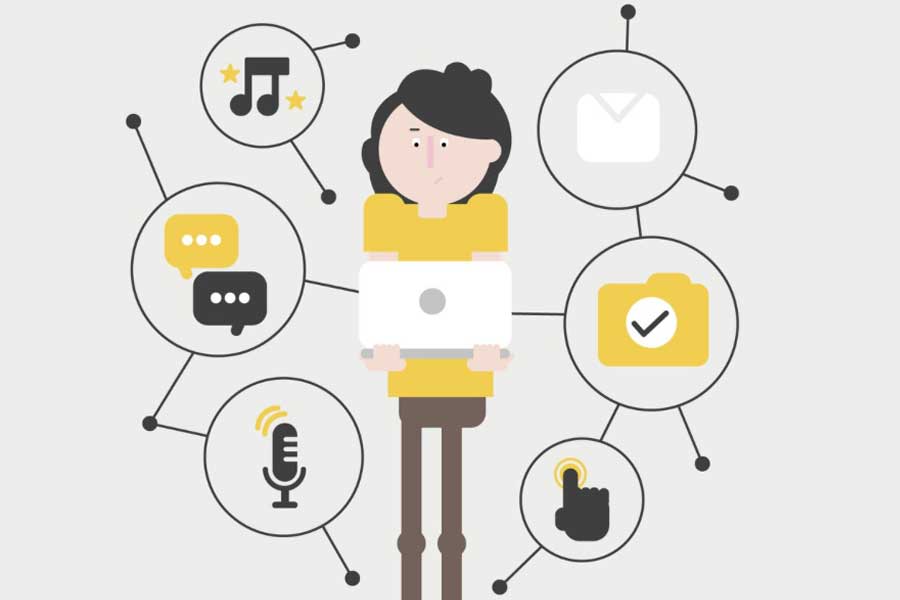Small Wonders: Unraveling the Impact of Microinteractions on User Experience
In the vast landscape of web design, it’s often the little things that make the biggest impact. Enter microinteractions – those subtle, almost unnoticed details that enhance the overall user experience. In this article, we’re taking a closer look at these small wonders and exploring why they matter more than you might think.
What Are Microinteractions?
Microinteractions are the tiny animations, feedback cues, and subtle responses users encounter while navigating a website or interacting with an app. They serve as the connective tissue between user and interface, adding a layer of responsiveness that goes beyond the primary functionality of a page. Think of them as the digital equivalent of a friendly nod or a reassuring smile – small gestures that contribute to a positive interaction.
Creating a Seamless Connection
In the world of web design, creating a seamless connection between the user and the interface is paramount. Microinteractions play a crucial role in achieving this by providing instant feedback and acknowledgment. When a button subtly changes color upon being clicked or an icon responds with a gentle bounce, users feel a sense of control and engagement, ultimately contributing to a more enjoyable experience.
Enhancing User Engagement
Microinteractions are not just about aesthetics; they actively contribute to user engagement. Interactive elements, such as like buttons that animate when clicked or progress bars that visually indicate loading time, captivate the user’s attention and encourage them to stay engaged with the content. These small, delightful moments can turn a routine interaction into a memorable experience.
Building User Confidence
Imagine filling out a form, and with each correctly entered field, a checkmark appears or a subtle sound confirms your action. These microinteractions build user confidence by providing instant validation. Users appreciate knowing they are on the right track, and these small gestures eliminate uncertainty, making the overall experience more user-friendly.
Guiding User Behavior
Microinteractions also serve as silent guides, directing users on their journey through a website. Animated tooltips, for example, can offer context-sensitive information, ensuring users understand how to interact with various elements. By gently nudging users in the right direction, these microinteractions contribute to a more intuitive and user-friendly interface.
The Emotional Connection
In the digital realm, where face-to-face interactions are absent, creating an emotional connection is challenging but crucial. Microinteractions inject personality into the user experience. Whether it’s a playful hover effect or a clever loading animation, these subtle details humanize the interface, making users feel more connected and engaged.
The Power of Microinteractions in Branding
Microinteractions also play a significant role in reinforcing brand identity. Consistent animations, color schemes, and interactive elements contribute to a cohesive brand experience. When users encounter these elements across various touchpoints, it reinforces brand recognition and fosters a stronger connection between the user and the brand.
Conclusion: Small Details, Big Impact
In the grand scheme of web design, microinteractions may seem like minor details, but their impact on user experience is anything but small. These subtle animations and responses create a digital dialogue, enhancing engagement, guiding behavior, and building a connection between users and your brand. So, the next time you interact with a website, pay attention to the small wonders – they might just be the key to an exceptional user experience.

